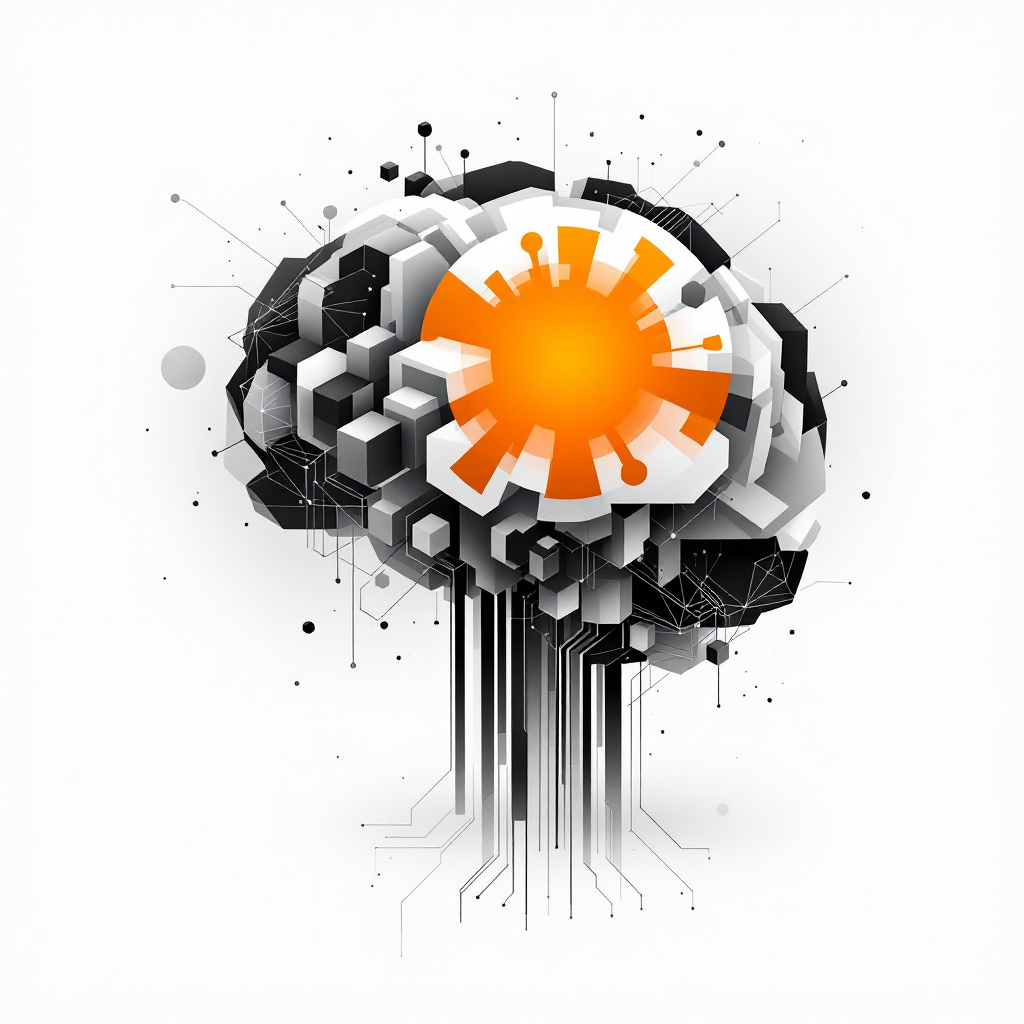.png)
The AI SHARK Framework: Why AI Must Start with Strategic Alignment

We need to stop thinking of AI as a feature you can add, or a plug-in you install. And it’s definitely not something you bolt onto business-as-usual and expect transformation to happen.
It’s a capability that matures over time and how fast and effectively it matures is a direct reflection of leadership. In a conversation this week on the #ShiftHappens podcast, I shared:
"When I was working for Fortune 500 companies, it was a fast pace. But even though the pace was fast, the adoption rate was slow. And I wanted to change that."
I realized we weren't aligning strategy with action. We were busy, but not always building momentum. That has to change if we want AI to deliver real value. That realization drove me to develop the AI Shark Framework, a model to guide companies beyond disconnected experimentation and into true AI-driven transformation.
Because here’s the truth: AI success isn't about technology. It’s about clarity. If your organization isn't strategically aligned before deploying AI, you’re setting yourself up for wasted investments, frustration, and stalled results.
Introducing the AI Strategy Map
Traditional strategy maps, like those introduced by Norton and Kaplan, were built to show how intangible assets drive tangible outcomes. In the AI era, we need a new layer of thinking.
Companies need to stop launching AI pilots everywhere to "see what happens."
As I discussed with Forrester last October:
"What is happening is that companies are throwing up all these AI projects and then they wait for something to happen. They say, let's give it to the hands of every one and see what they come up with. They are throwing darts in the dark. With no strategic plan, they have started with failure.”
Companies need to become more deliberate. They need to identify the right use-cases and strategize correctly. Get the use-cases in production and once proven, then scale.
Having an AI Strategy Map ensures that every AI initiative directly ties into enterprise value. You need to start with the end in mind.
The AI Strategy Map ties together the four critical enterprise currents:
- Financial Current: How AI drives revenue growth, cost savings, and margin expansion.
- Customer & Market Current: How AI enhances customer experience, market positioning, and competitive differentiation.
- Operational Current: How AI streamlines internal processes, supply chains, and workflows for greater efficiency.
- Talent & Innovation Current: How AI augments human expertise, attracts future talent, and fuels innovation.
When your AI strategy flows through these four currents, it stops being random. It becomes a deliberate system of advantage.
Understanding the AI Shark Framework
The AI Shark Framework is built for leaders who are serious about transformation, not just experimentation.
- S: Strategize – Build a clear Business Strategy and identify where AI can be tied to enterprise value.
- H: Hybridize – Blend human ingenuity with AI capabilities.
- A: Activate – Move from ideas to operational reality.
- R: Revolutionize – Innovate continuously with AI-driven insights.
- K: Kaizen – Sustain growth through continuous improvement.
The journey starts with Strategize because without strategic alignment, the rest of the model collapses.
Contrary to popular belief, most companies don't need a focused AI strategy. They need a business strategy, one that identifies where value can be created and then asks: "How can AI accelerate this?" You need to determine your business objectives and then figure out if AI is the right tool and how if that gives value.
Most businesses simply need strategic clarity. AI should amplify that clarity but you should not use it as a substitute. When you lead with AI for its own sake, you’re already drifting off course. When you lead with business value first, AI becomes your amplifier.
Why AI Strategy Mapping Requires a Different Mindset
Unlike past digital transformations, where new tools were layered onto existing structures AI transformation touches every part of the enterprise simultaneously. It impacts everything from the processes and products, to the also decision-making, customer interactions, talent models, and leadership behavior.
That’s why the old "pilot and patch" approach doesn’t work. AI needs to be treated as a foundational shift in how businesses create value, not just another IT project.
Without strategic clarity across departments, AI investments become fragmented and disconnected, delivering marginal returns at best. With strategic clarity, AI becomes a system of advantage that strengthens and compounds over time.
The Real Risk of AI is Poor Data and Poor Strategy
One of the loudest criticisms about AI is that it "makes mistakes" or "hallucinates information." But so do humans.
Unlike humans, AI doesn’t lie intentionally. When AI gets something wrong, it’s usually because the data it was trained on was incomplete, inconsistent, or low quality. Data fuels AI. Without serious investment in data quality, governance, and trustworthiness, AI initiatives will fail, no matter how sophisticated the models.
Strategizing AI means:
- Identifying the right use cases aligned to business goals.
- Moving beyond pilots to production deployments.
- Building feedback loops between technology, talent, and leadership.
This work starts at the top. Executive leadership must align vision, culture, and investments around a unified roadmap.
Why AI Maturity Also Depends on Talent Strategy
True AI maturity will include relooking at your workforce. But not in the way that most employees have been concerned about. AI isn’t here to steal jobs, but it will take over tasks which should free up employees time to advance and mature in other skillsets that the AI cannot do. Growth-mindset employees have probably already embraced this and started evolving. These are the type of employees that companies are going to be looking for.
Many roles will evolve. New opportunities are emerging for people with the right mindset and understanding, especially those who can bridge technical capabilities with business outcomes. Deep domain knowledge will remain incredibly valuable. Experts who understand their industries deeply will be essential in training, guiding, and validating AI systems.
Meanwhile, repetitive or routine roles will increasingly become automated. But this shift doesn’t diminish human value. It can elevate it. People who lean into critical thinking, creativity, judgment, and empathy will find themselves more in demand, not less.
Building an AI-driven organization means investing in human adaptability as much as technological advancement and looking for the right employees will become crucial in strategizing your companies objectives.
The Bottom Line
You don’t need to be a data scientist to lead AI transformation. You executives, leaders and employees have the courage to think differently and apply that to strategizing. They’ll need to:
- Think deliberately.
- Align cross-functionally.
- Build quality into your data from the start.
- Connect AI initiatives to real enterprise value.
The AI Shark Framework is about setting that shark pace, allowing you to lead with purpose. Move fast. Build momentum.
Because in the AI era, those who move strategically move first and those who move first define the future.







